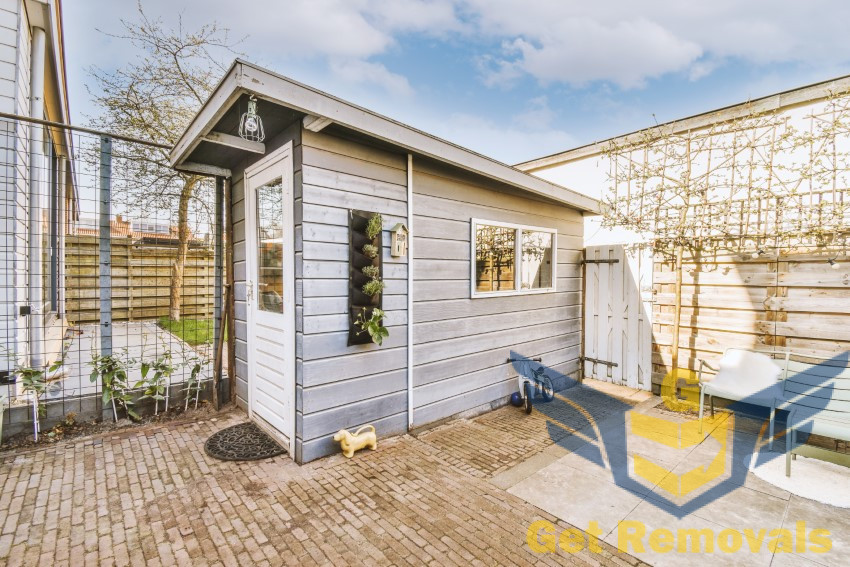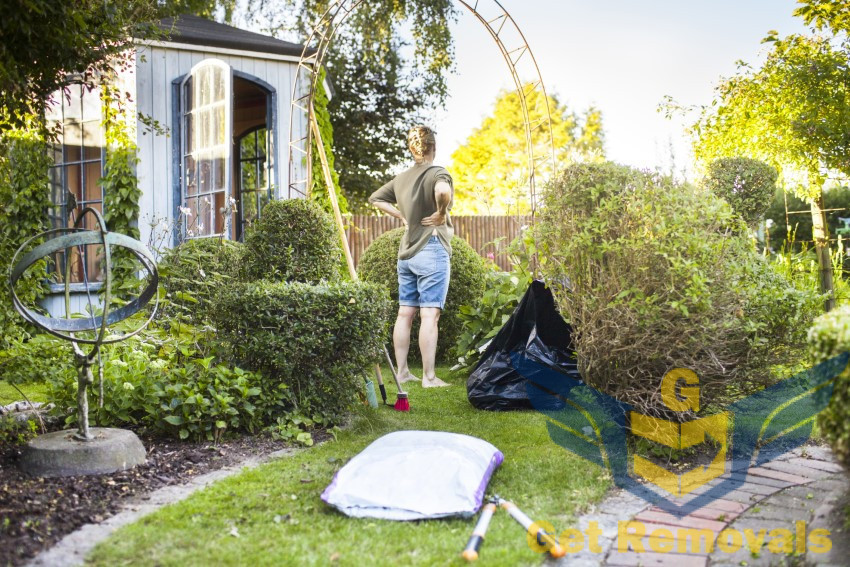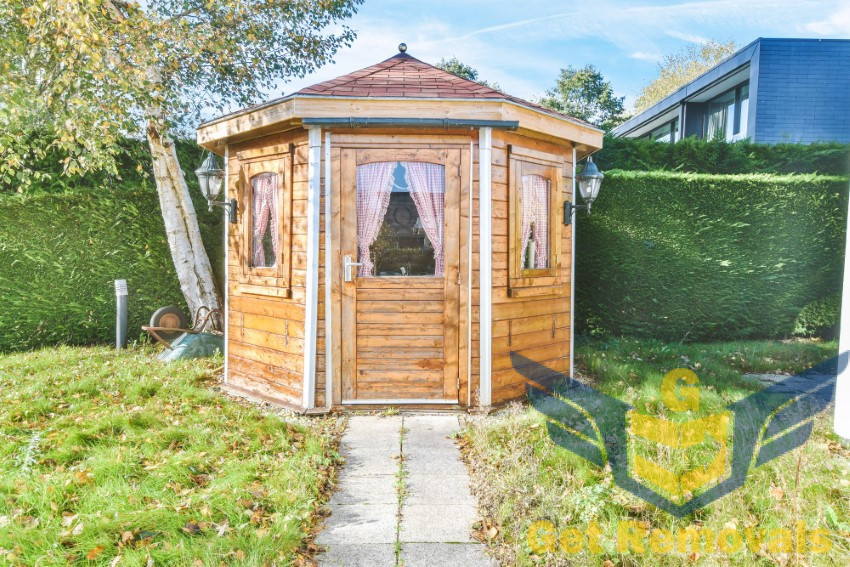
A garden shed is an excellent storage building and a fine addition to any outdoor space, being a small garden or a spawning property in the countryside. Even if you love the way your garden shed looks, for a variety of reasons you might feel compelled to relocate it to another place at some point. Moving the shed properly to the new location might be a challenging task that requires a lot of preparation. Nevertheless, you will be able to complete the project the way you are supposed to in case you approach the job with the necessary vigilance, and have the right tools and help at hand. It is crucial to gather all the equipment needed for the move to ensure the process is safe and effective.
Reasons you might want to move your garden shed
The weather is one of the most widely cited reasons for moving garden sheds. Moisture might erode the wooden elements and even the metal pipes in the shed structure, or the UV rays might have an adverse effect on the entire shed. In that case, you might feel compelled to relocate it to another, safer place.



Another reason many people decide to undertake the strenuous task of moving their shed from one place to another is that they need the space the structure currently occupies for another purpose. Maybe the original place you put your yard shed lacks easy access or blocks a new pathway you build through your garden. Or probably you have found an overall more convenient spot to place it. All the more reason to consider a relocation. If the current shed is too old or damaged to withstand a move, it might be more practical to invest in a new shed.
Some people move their garden building for purely aesthetic reasons. No matter whether you wish to bump up the curb appeal of your property just because you like it that way, or due to the fact that you are planning on selling or renting it out, moving the storage space building might work miracles.
Most places in the UK don’t require special planning permissions when it comes to sheds built in a garden. That doesn’t mean that the county you live in doesn’t have one. It is possible that you are just not familiar with such rules, which may lead to an uncomfortable situation in which you have to relocate the shed to avoid fines.
Relocating the shed within the confines of your garden
Some sheds are suitable to move without dismantling. This is definitely the most convenient way to move them within the boundaries of your current yard, so it would be a good idea to evaluate if yours allows it. The most important factors that determine whether or not you will be able to move the garden shed without tearing it down are:
- Its size and dimensions
- The materials it is made of
- Its location
When you determine that you can get the job down without dismantling the entire structure, you will need to make the necessary preparations.
Start by evaluating the spot you will move the shed to. Clean it up by removing debris, junk, and excess grass, as well as other plants that may currently be growing there. Then you will need to prepare the foundations. After that, you will need to empty the shed completely to make it lighter and easier to move, as well as for safety reasons. Because of this, you will need to make sure to plan your garden shed relocation for a day when the weather is dry and sunny. Last but not least, make sure that all window frames and door openings are tightly closed and secured.
Before moving, check the shed floor for any damage. If there is any damage to the shed floor, it may be beneficial to replace it before reassembling the shed in its new location.
Moving By Hand
If your shed is relatively small and light, and you have several friends helping you, you can move it to a short distance by simply lifting it up and carrying it. This is the fastest and probably easiest way to move a shed, but you should resort to it only if you determine it is also safe for everyone involved. However, moving larger sheds presents significant challenges due to their increased size and weight, often requiring professional help, disassembly, or specialized equipment.
Moving Using metal pipes
Heavier sheds that can’t be moved by carrying require more preparation and the right tools. Start by grabbing a shovel and digging into the structure’s foundations. Most sheds are pretty heavy and their sheer weight tends to make them sink into the ground. Have a couple of friends lift the shed from one end just enough to place a couple of rollers underneath it. When you are done, you can lever it up with the rollers with ease. Make sure that the people helping you are keeping the shed in position so that it doesn’t tumble.
Place PVC pipes under the shed floor, so that you can safely move it to the desired location. You can use wooden boards to form a path to said location and place more PVC pipes along it. In that way, you can roll the shed without much effort. If the ground is clear and dry, you can even skip the part where you form the wooden path, but it is advisable that you don’t just in case. Additionally, ensure you secure the shed safely during the move by strapping it properly and using a ramp for assistance.
How to Move a Shed To Another Property
When you plan to relocate your garden shed securely to a new property, things become a little trickier. You will need much more tools, equipment, and a vehicle that is suitable for the job. For that reason, the most straightforward way to carry out the task is to call your local moving company and have them take care of everything for you.
It is crucial to secure the window and door openings to ensure the integrity and stability of the shed during the move.
For a variety of reasons, however, you might not have direct or affordable access to relocation contractors. So, find a lorry you can borrow or rent for the day, get a couple of friends to help you out, and roll up your sleeves. You will need to use a forklift to lift the shed and place it on the truck in case you will be transporting it without disassembling it. In that case, you will need to drive both the forklift and the truck to the new address.
The safer way to go around the task is to dismantle the shed if the construction allows it. In that way, you will be able to load it on a covered truck and drive it much faster and safer. That will compensate for the time and effort that will go into disassembly and reassembly of the structure.
